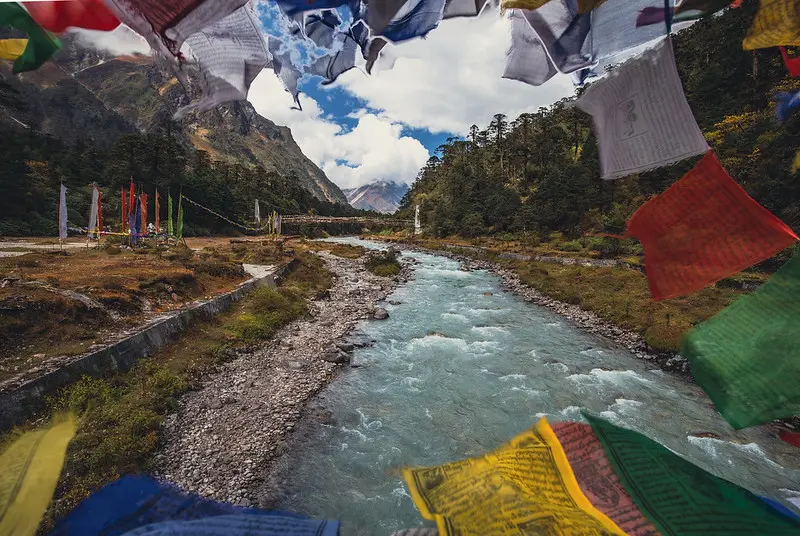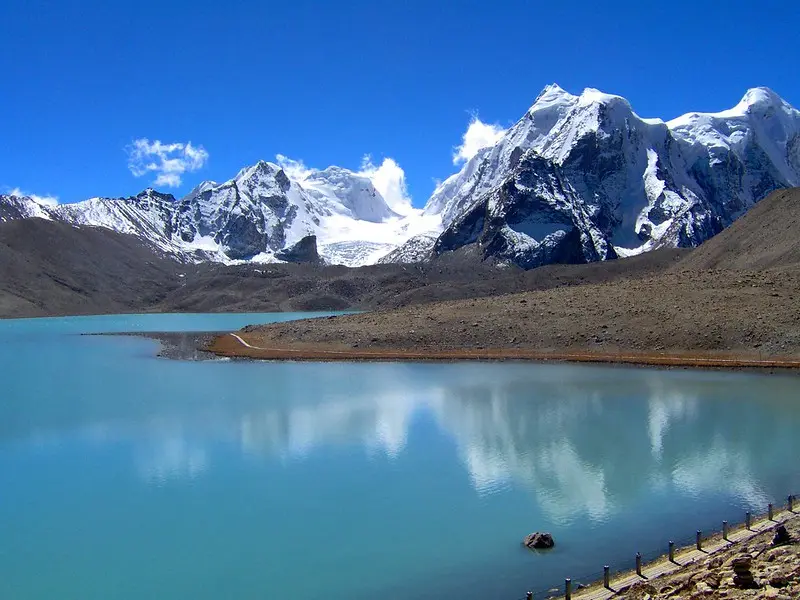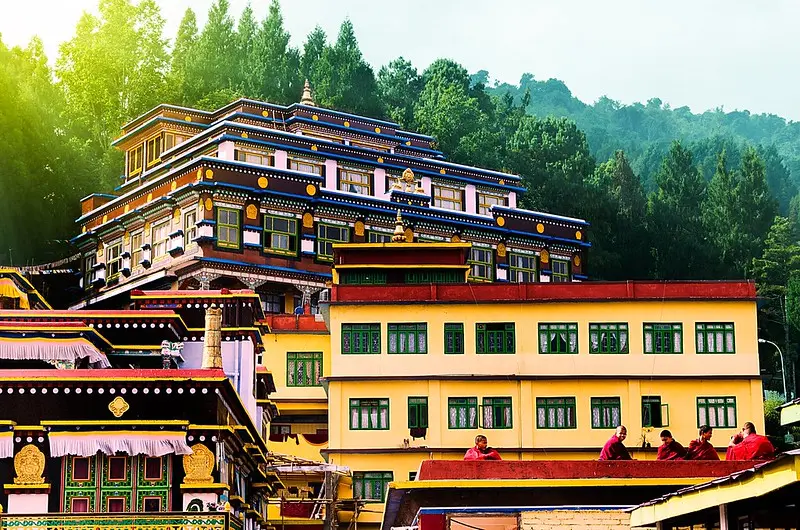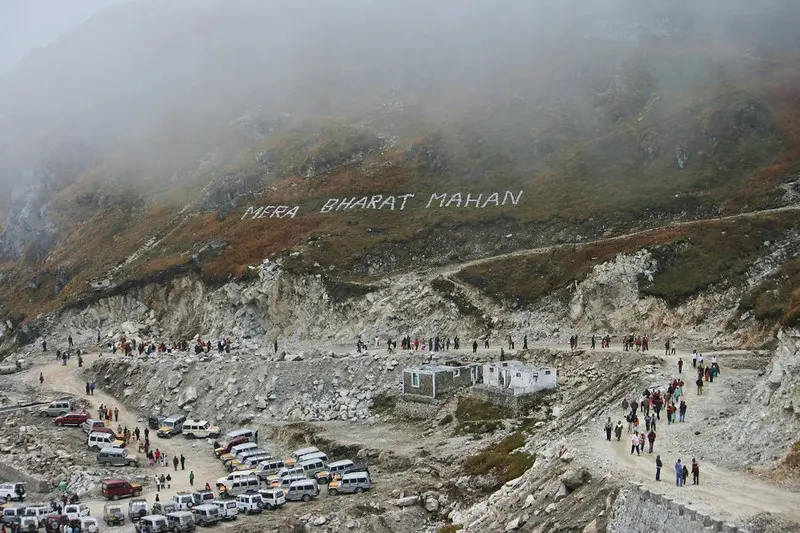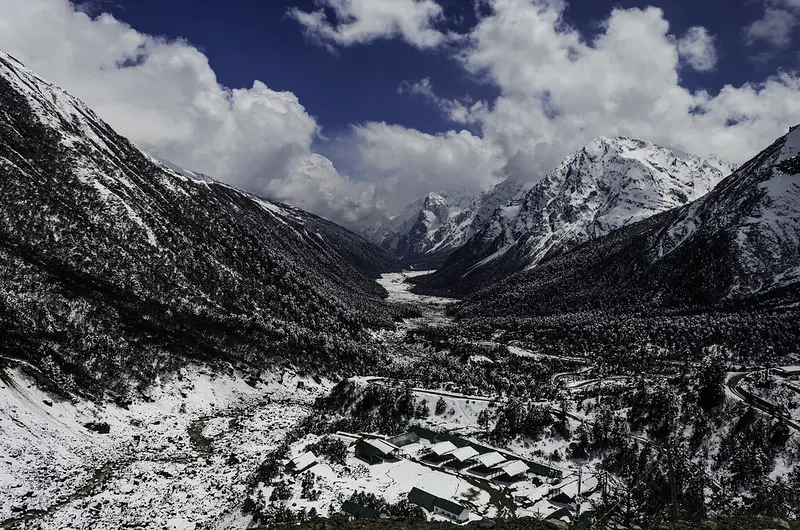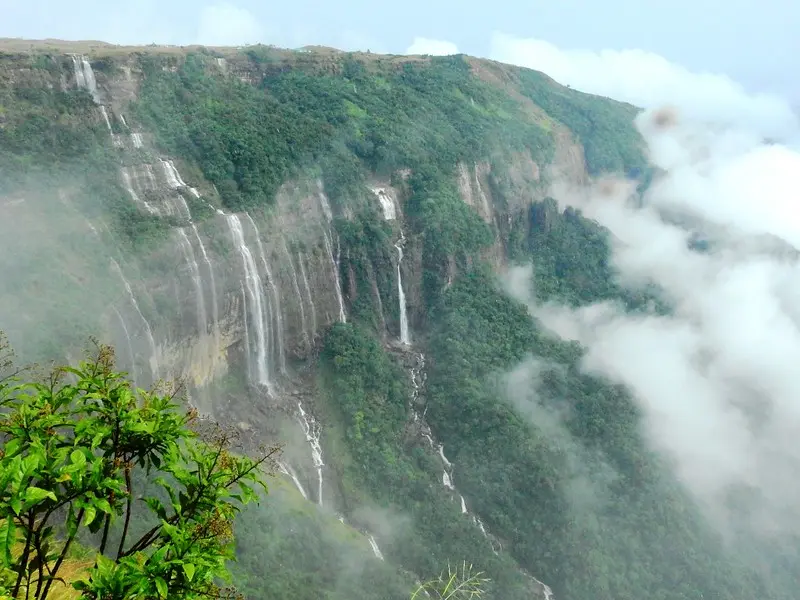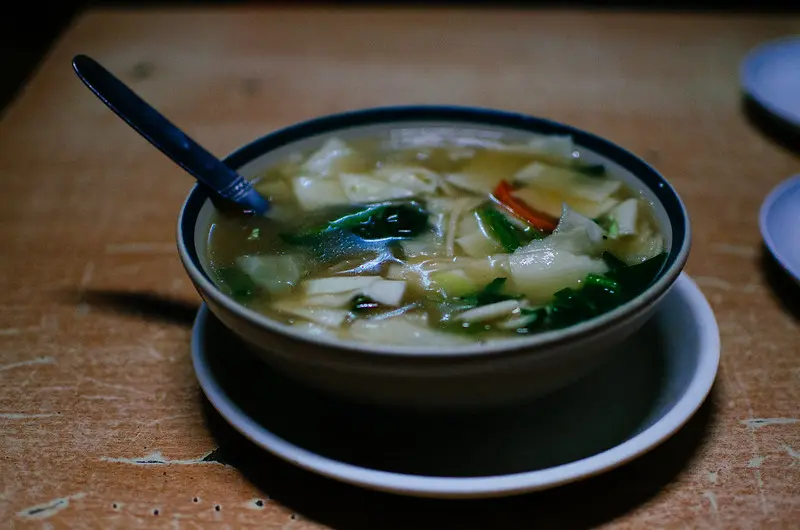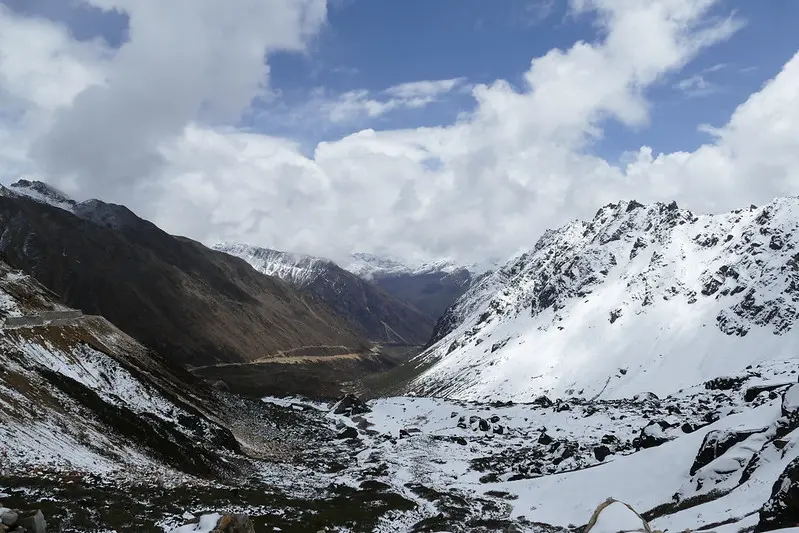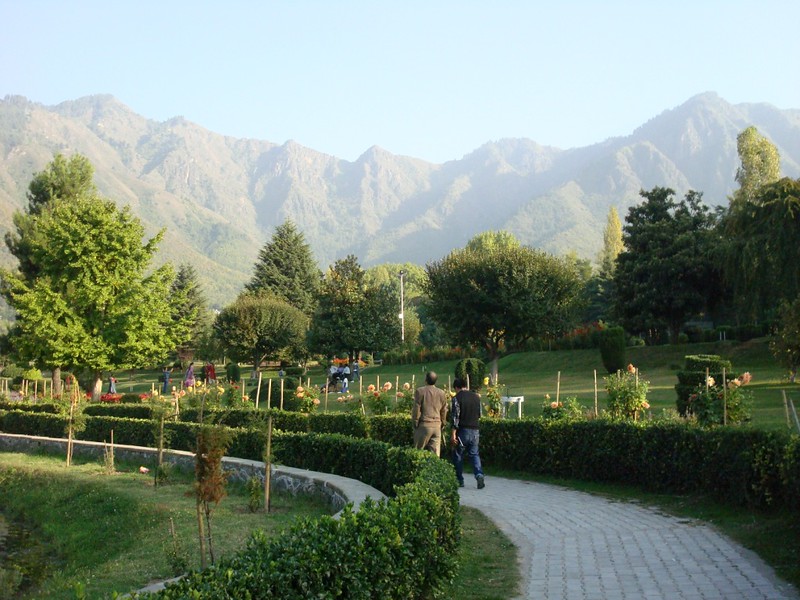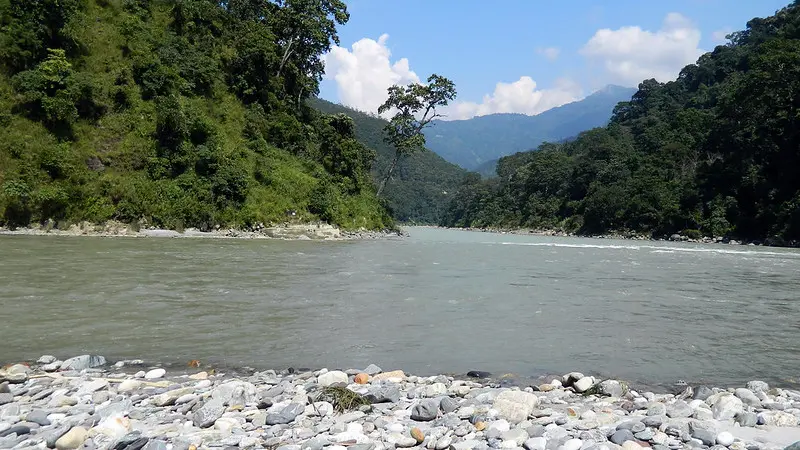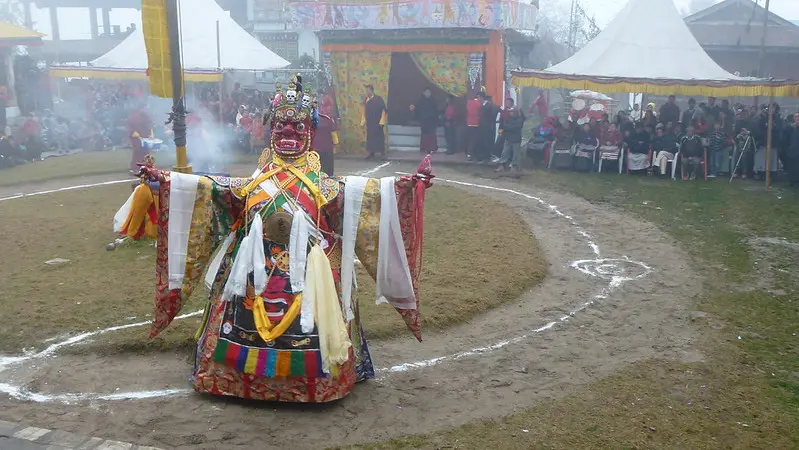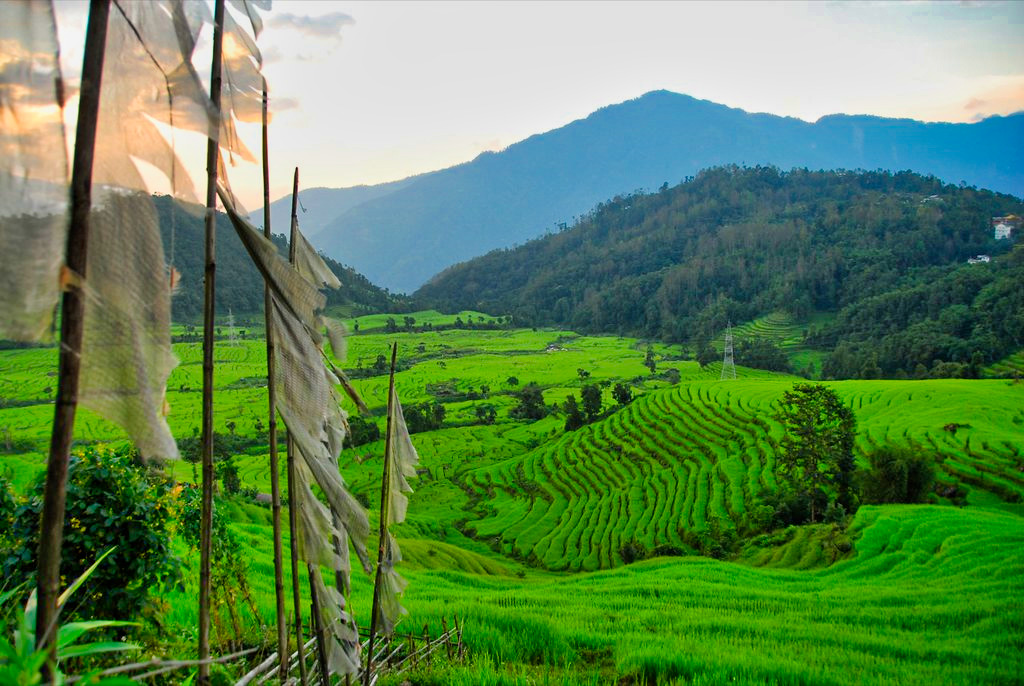Far in the Northeast lies India’s smallest state, the quaint and beautiful region of Sikkim. Rich in history, culture, and natural resources, this state is often considered the gateway to the Northeastern region of the country. Its lakes, waterfalls and lush green forests are certain to make any nature lover fall in love with the state. The mouth-watering indigenous cuisine further adds to its charm. The centuries-old monuments, architecture and other cultural aspects make it a place of historical significance, and even a holy place for several religions. We have picked out 10 reasons why Sikkim should be your next travel destination.
Beautiful sights such as the Tsomgo Lake
Glaciers, natural beauty and religious mysticism are synonymous with Sikkim and Sikkimese culture. And the Tsomgo Lake represents all of this. The beauty of the lake is enhanced by the alpine forest and rhododendron flowers that surround the oval lake. The melting snow from the snow-capped Himalayan peaks and the glaciers all around are what form the water in the lake during summer. Come winter, the lake freezes over, providing a spectacular sight. Often a spot of reflection for Buddhist monks, the place has also supposedly led them to make mystical prophecies. Visiting the lake during the Guru Purnima festival is an experience in itself. Faith healers may be found during this festival and it is believed that the lakewater gains healing powers during this time.
Prominent Buddhist monasteries
Buddhism is one of the primary religions of this state, there are several remarkable Buddhist monasteries to look out for in Sikkim. The Rumtek Monastery was home to His Holiness, the 16th Gyalwa Karmapa and serves as a perfect example of Tibetan Buddhist architecture. The peaceful ambience of the temple complex alone is enough to guarantee a mood of peacefulness and contemplation. The architectural marvel of the golden stupa at this location is truly a sight to behold. Other stupas, including the one with the relics of the 16th Gyalwa Karmapa are equally beautiful. The monastery is a fine example of the ornate paintings and perfectly crafted sculptures characteristic of Buddhist craftsmanship, highlighting the culture and heritage of the region.
Great historical importance
The Nathula Pass served as the ancient Silk Route through which traders and invaders alike entered the country. At an altitude of 4,310 metres above sea level, this pass is one of the border posts between India and China, though it is not open to all visitors. Only Indian citizens with prior permission are allowed to travel the entire length of the pass. Having been integral to the development of the country, in terms of trade and international relations, it is definitely one of the places you should visit on your trip to Sikkim. Flowering junipers, dwarf rhododendrons and ground orchids litter the sprawling meadows all around. The region is also home to several endangered species of wildlife, including the Tibetan gazelle, snow leopard, Tibetan wolf, raven and the golden eagle.
The closest experience to the ‘end of the road’
A land of perennial snow, Yumesamdong, or Zero Point, is right along the Indo-Chinese border. Covered in glittering snow, it is quite literally the point at which the road ends and is a sight worth seeing. Zero Point is not typically on a travel itinerary but planning a visit here is certainly worth it. The grazing yaks, accompanied by the nomadic shepherds add to the charm of the place, with the stunning white background speckled with striking azalea flowers. Though not an ideal destination during the cold winters, it does allow guests to experience the snow-capped mountains while on their summer vacation.
Awe-inspiring sights
The powerful gush of water rushing down the Himalayan slopes as seen at the Seven Sisters Falls are among the most breathtaking sights seen here. The waterfall is so named because the water flows down in seven stages and is even more beautiful when intensified by the monsoon rains. Situated just north of the state’s capital, it truly is an outing worth undertaking while visiting the region. The various tea stalls and watersheds scattered around the viewing point allow guests to relax while taking in the beauty of the falling water. The green hillside strikes a contrast with its canopy of trees, and the white sheets of water cascading down the mountain slope, all reflecting the innate natural beauty of this state.
The Delicious Food
Food is an integral part of any travel experience, and Sikkim has a lot to offer. While momos and thukpa may be found in tiny restaurants throughout the country, these dishes taste best in the region from which they have originated. Each community and town here makes these delicious dishes with locally-sourced ingredients, ensuring a distinctive flavour unique to that part of the state. The variety of meat and vegetables simply enhance each dish’s flavour. There are also several less popular dishes that are equally delicious, from the bread made from fermented rice batter known as Saelroti to the bamboo soup, from the pork curry to the tama. With its origin in Nepal, Gundruk – fermented leafy green vegetables – is another popular dish of Sikkim, usually served in a soupy avatar with dried fish.
Charming valleys
The various valleys of Sikkim have their own distinctive charm. The snow-covered Lachen valley is one such region that is, particularly, breathtaking in winter with the ride to various viewpoints being a treat in itself. Other tourist destinations amongst these valleys include the Tashi View Point, Kabi Lungtsok, Confluence of Lachen Chu and Lachung Chu, with the journey from Lachen to Gurudongmar Lake being almost as amazing .as the sacred lake itself. Home to the Bhutia and Tibetan people, the Lachung valley is another such region which is surrounded by towering rocks and snowy mountains and is known as the valley of rhododendron flowers and green pastures where yaks come to graze. Another equally stunning valley region is the “valley of flowers”, the Yumthang valley, with the Shingba Rhododendron Sanctuary being a must see while there.
Indigenous plants and animals
The Jawaharlal Nehru Botanical Garden, near the capital city of Gangtok, is a perfect place to appreciate the indigenous ecosystem of the region. The various species of orchid all found in one place is a highlight of this garden, and the towering alpine trees that dot the garden are equally breathtaking. There are over 50 species of trees in the garden, with different ones blooming in different seasons. The greenhouse is another highlight offering tourists a chance to view several exotic species of plants and flowers.
Spectacular water bodies
Flowing through West Bengal and Sikkim, the Teesta River makes for a beautiful sight throughout the year. During summer, the gushing waters are filled with several fishes, and the river banks are frequented by several species of exotic birds adding charm to several activities such as fishing, sailing, angling, and a variety of water sports. Similarly, during the winter, tourists are greeted by the frozen river. The reflection of the sunlight on the icy river proves to be just as beautiful as the flowing summer water, while the blooming flowers serve as a striking contrast to the snowy white banks.
A unique culture on offer
Home to several cultures and communities, one of the best ways to enjoy this unique feature is to embrace their songs and dances. Every festival in the region is commemorated by its own distinctive folk song, distinctive dances, and colourful costumes with all the costumes being truly enchanting as well. The wonderfully choreographed dances compliment the joyful songs, indigenous to the different communities found in the region. The beautiful Gha To Kito, for example, is a song and dance that describes the various wonders of Sikkim, including the brightly cultured flowers, the holy places, the caves and minerals, and the snow-capped peaks of the mountain ranges.
This state is a truly beautiful region, and there are several reasons why Sikkim should be your next travel destination. It has several enchanting things to offer, from the lakes to the monastery, to the end of civilization at Zero Point.

